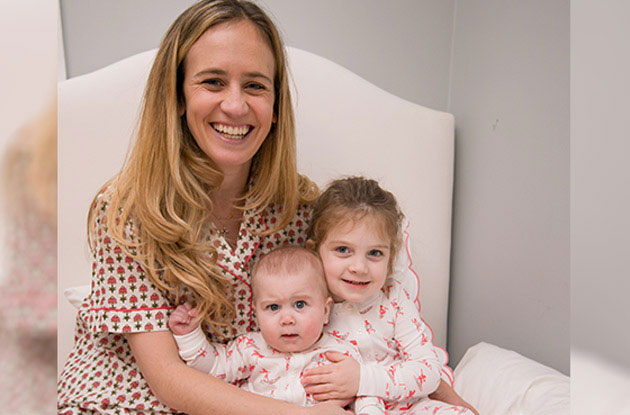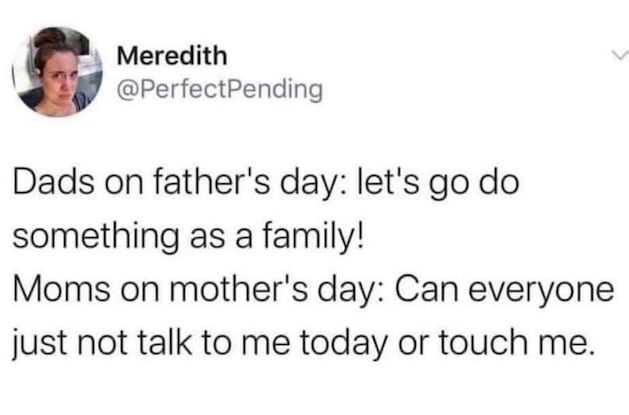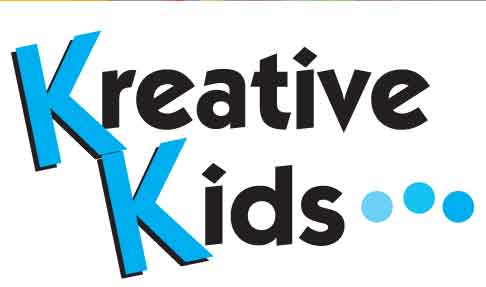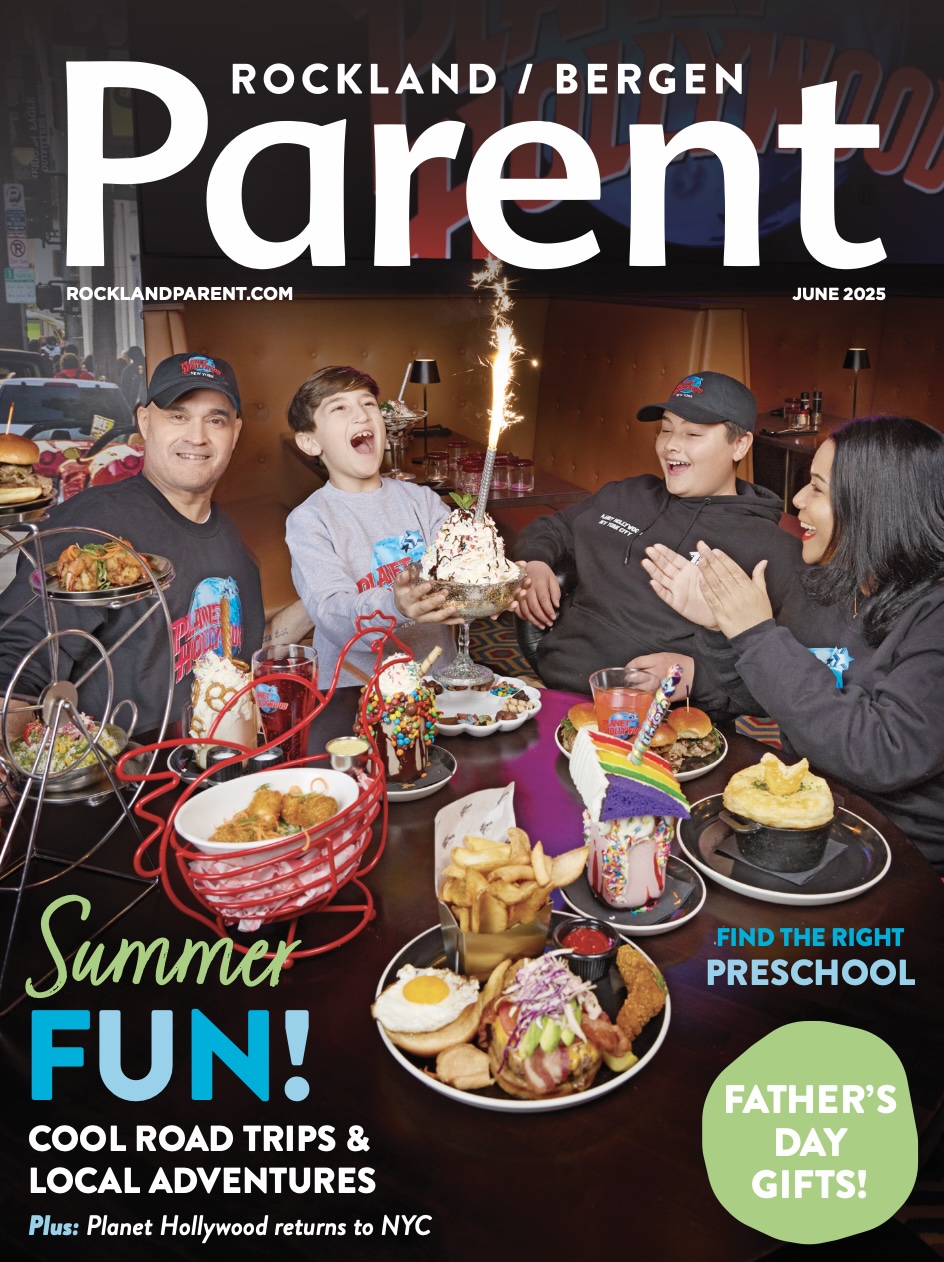
Interview with Jess Shatkin, Author of 'Born to Be Wild'
Jess Shatkin, M.D., M.P.H., leads the educational efforts of the NYU Child Study Center and recently wrote Born to Be Wild: Why Teens Take Risks and How We Can Help Keep Them Safe.
Get the Best Winter Activities
Are there any trends in this behavior and how has risky behavior evolved over the years? Things are pretty much the same in that the three top killers of young adults ages 13-25 are accidents, suicide, and homicide. Suicide has increased, and that has to do with social networking and with all of the access we have to constantly knowing what everyone else is thinking about us or the message they are trying to send about how great they’re doing or how wonderful their life is. You see this very clearly with this FOMO (Fear Of Missing Out) thing kids talk about. It is a very real thing, and new imaging studies of the brain show when a kid is left out, they feel pain in the brain in the same areas as when they experience physical pain. If you are left out of a group, your brain feels like you are being burned or hit hard. Kids will do a lot to avoid that physical pain; they will take a lot of risks to be part of the group.
RELATED:
Find Family Health Resources Near You








